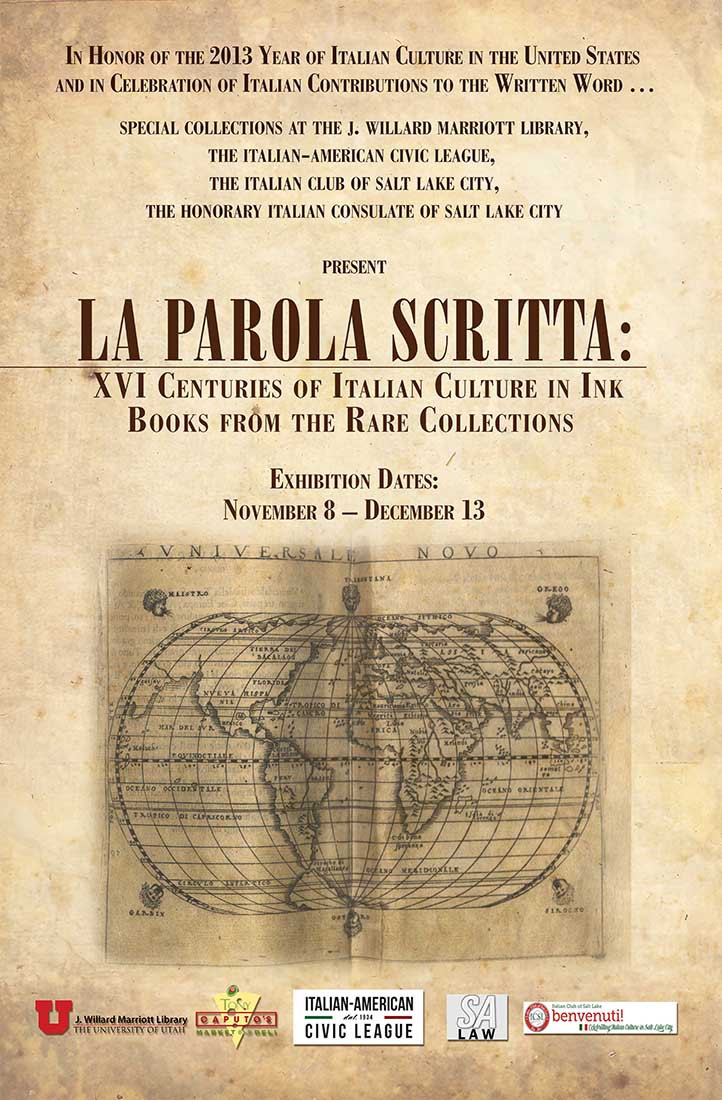
Ancient Reverberations in Conservation: Insights from Chinese Poetry on the Vanishing Habitat of the Yangtze Finless Porpoise
In a pioneering fusion of aesthetic and empirical study, recent investigations have uncovered that traditional Chinese poetry—esteemed for its lyrical elegance and thoughtful imagery—now provides vital perspectives on the evolving situation of one of China’s emblematic freshwater species. Featured in the journal Current Biology, the research utilizes ancient verses to trace the historical decline of the critically endangered Yangtze finless porpoise (Neophocaena asiaeorientalis ssp. asiaeorientalis), illustrating how cultural legacies can assume a unique position in environmental studies.
Tracing Decline Through Poetry
Using 724 classical poems accumulated over more than a millennium—from the Tang Dynasty (618–907) through the Qing Dynasty (1644–1912) and beyond—scientists carefully recorded the occurrences and dispersal of the Yangtze finless porpoise through time and geography. Under the leadership of Zhigang Mei from the Chinese Academy of Sciences, the group identified an astounding 65% shrinkage in the porpoise’s historical territory over the past 1,400 years, with the most drastic losses occurring in the last century alone.
The finless porpoise, recognizable by its absence of a dorsal fin and charming “smile,” was once frequently featured in poetic musings by riverside sojourners and emperors alike. “We’re linking 2,000 years of Chinese culture with biodiversity,” noted Mei. “It truly highlights the impact of merging art with biodiversity conservation.”
From Tang to Qing: Interpreting History’s Poetic Chronicles
While employing literature as a scientific instrument might appear unconventional, Mei and his colleagues approached this intricate endeavor with rigorous accuracy. Each poem referenced was validated through the author’s biography, contextual background, travel logs, and stylistic significance to maintain environmental veracity.
Most citations were derived from the Qing Dynasty, contributing 477 poems, while the Ming Dynasty offered 177 instances. Earlier dynasties, such as the Song and Tang, provided fewer but still significant insights. Emperor Qianlong, who crafted over 35,000 poems, offered poetic snapshots of the porpoise during various river journeys, portraying them as enchanting beings playing in the moonlit waters of Zhenjiang.
This focus on the Yangtze finless porpoise was intentional. As the sole freshwater cetacean in Asia’s longest river, the species’ remarkable size and surface behavior rendered it a vibrant natural aspect, making it a common theme in poetry. “Yangtze finless porpoises are relatively sizable and often seen at the surface,” Mei remarked. “Especially before storms, they leap after fish—an incredible spectacle that poets found hard to overlook.”
A Diminishing Territory
The meticulous geographic analysis of poetry-based references empowered researchers to delineate historical habitats with extraordinary detail. During the Tang Dynasty, the finless porpoise was found in 169 grid zones along the main stem and its tributaries of the Yangtze River. Today, they persist in merely 59 of those zones—a significant 65% reduction.
Even more concerning is the estimated 91% decline in the species’ presence in lakes and tributaries. This loss closely correlates with industrialization and extensive water management strategies, particularly since the late Qing Dynasty.
This trend of swift decline corresponds with broader patterns affecting global megafauna. Among 204 species of non-flying terrestrial mammals worldwide, 40 have seen over half of their historical ranges diminished within the last century alone. The Yangtze River has already witnessed the loss of other endemic species, such as the baiji dolphin (Lipotes vexillifer) and Chinese paddlefish (Psephurus gladius), both now considered functionally extinct.
Industrialization and Fragmentation
The contemporary deterioration of the porpoise’s habitat can be directly attributed to human engineering—most notably the rise of dams and water management infrastructure. The Gezhouba Dam, completed in 1988, represented the first significant barrier to disrupt the Yangtze’s aquatic ecosystem and marked a critical juncture in the species’ decline.
Wherever new dams emerged, historical documents and contemporary data indicated localized extinctions of porpoises. These structures not only severed migration pathways and genetic interchange but also degraded water quality and altered ecosystems due to sediment diversion and increased pollution.
A Cultural Heritage for Conservation
For researchers like Mei, who spent their formative years along the banks of the Yangtze, the initiative transcends mere scientific exploration—it’s a personal and cultural voyage. Stories shared by elders spoke of porpoises as mystical entities foretelling weather patterns and fish availability, enhancing the creature’s folkloric and spiritual importance.
“Protecting the environment isn’t solely the duty of contemporary science,” Mei stressed. “It’s also intricately linked to our cultural and historical roots. Art, such as poetry, can ignite emotional bonds—reminding us of the respect and balance we once maintained.”